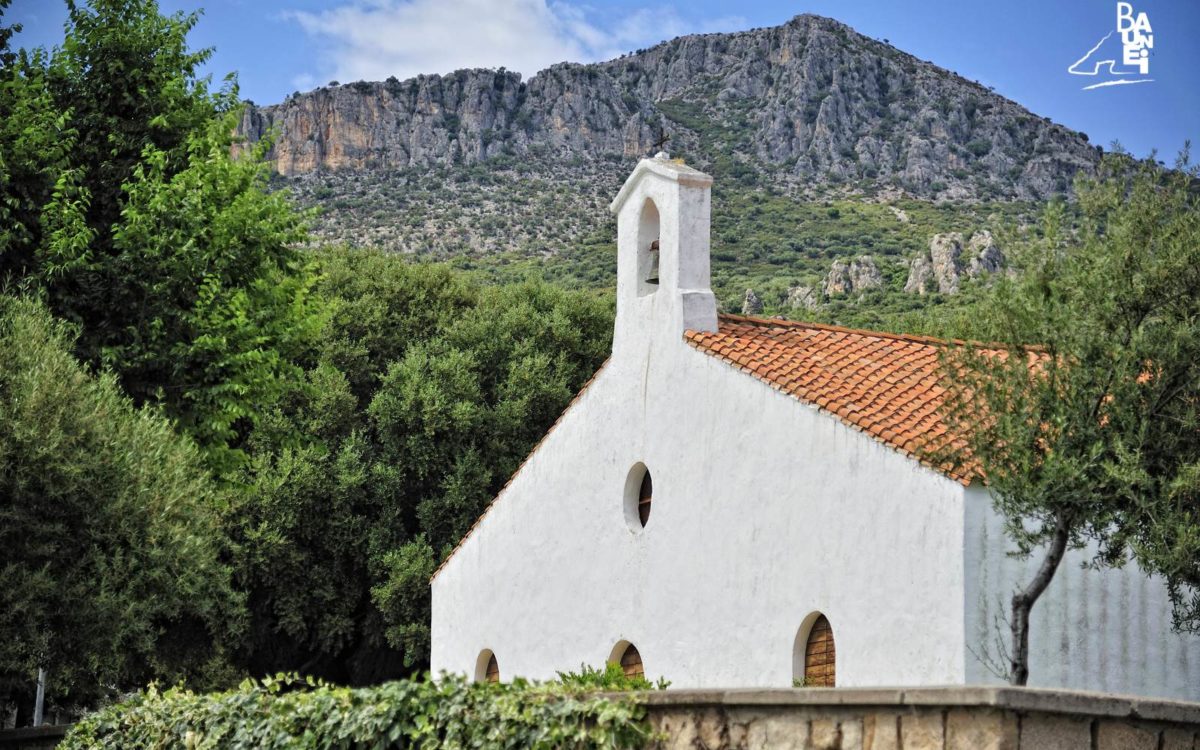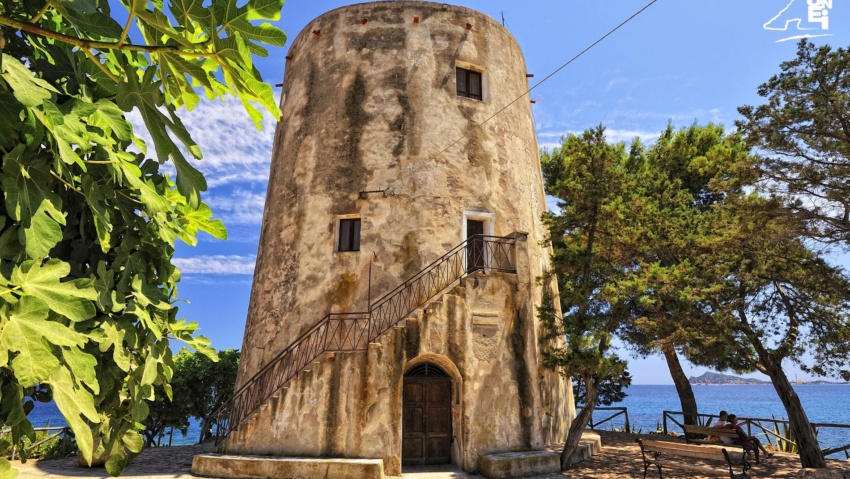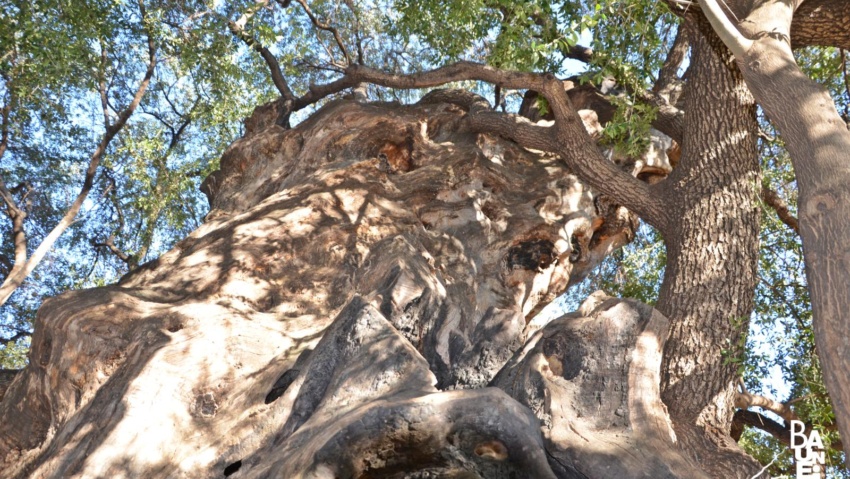The Church Of Santa Maria
“Altero deinde anno, nempe 1052, regis Navarrae filia, e paterna domo rapta et tempestate in Sardiniam acta, sedes suas cum sociis collocavit in regione Ogugliastri, ubi Sanctae Mariae, Navarresae inde dictae, templum ab ea conditum adhuc cernitur…” This is how, in Latin, the Sardinian historian Giovanni Francesco Fara tells the story of the church of Santa Maria Navarrese (in his “De Rebus Sardois” four books written between 1579 and 1585) reporting that “the following year, in 1052, the daughter of the King of Navarre, having been kidnapped from the family home and forced to land in Sardinia by a storm, settled in the Ogliastra region with he travelling companions, where the church of Santa Maria, also known as the Navarrese, that had she built can still be seen…”. However, Fara also reports that the Princess and the sailors left Ogliastra because of its unhealthy climate (“ob malignitatem loci”) and moved near to Oristano in western Sardinia. Local historians consider the account by Fara (bishop of Bosa, a scrupulous scholar who died in 1591), who during the second half of the sixteenth century visited archives and libraries in Pisa, Florence, Bologna and Rome in search of documents to reconstruct the history of Sardinia, as reliable. Based on data reported by Fara, scholars of the history of Ogliastra attempted to trace the identity of the mysterious “regis Navarrae filia”. According to the traditional interpretation, the Princess of Navarre who landed on the beach in Baunei was supposedly the daughter of King Garcia Sanchez IV (or III, according to dynastic numberings suggested by certain historians), who was King of Navarre from 1035 to 1054. Recent studies have questioned the historical veracity of the Fara’s account, since it appears that there was no “Kingdom of Navarre” before 1162, because at the time the realm was called the “Kingdom of Pamplona”. In 1316, moreover, there is no mention of a church of “Santa Maria Navarrese” in Pisan records, whereas there is a “Santa Maria di Ogliastro”. However, supporters of the “Navarre hypothesis” underline that documents dated 987, while not mentioning a “Kingdom of Navarre”, confirm the existence of a “Don Sancho rey de Navarra”. In any event, it is still plausible that the church (originally smaller than the existing church, having subsequently been extended in length and width between the sixteenth and seventeenth centuries) was actually built in the eleventh century by Basque sailors who survived a shipwreck, a not uncommon event for the time, along the rugged coast of central eastern Sardinia.





